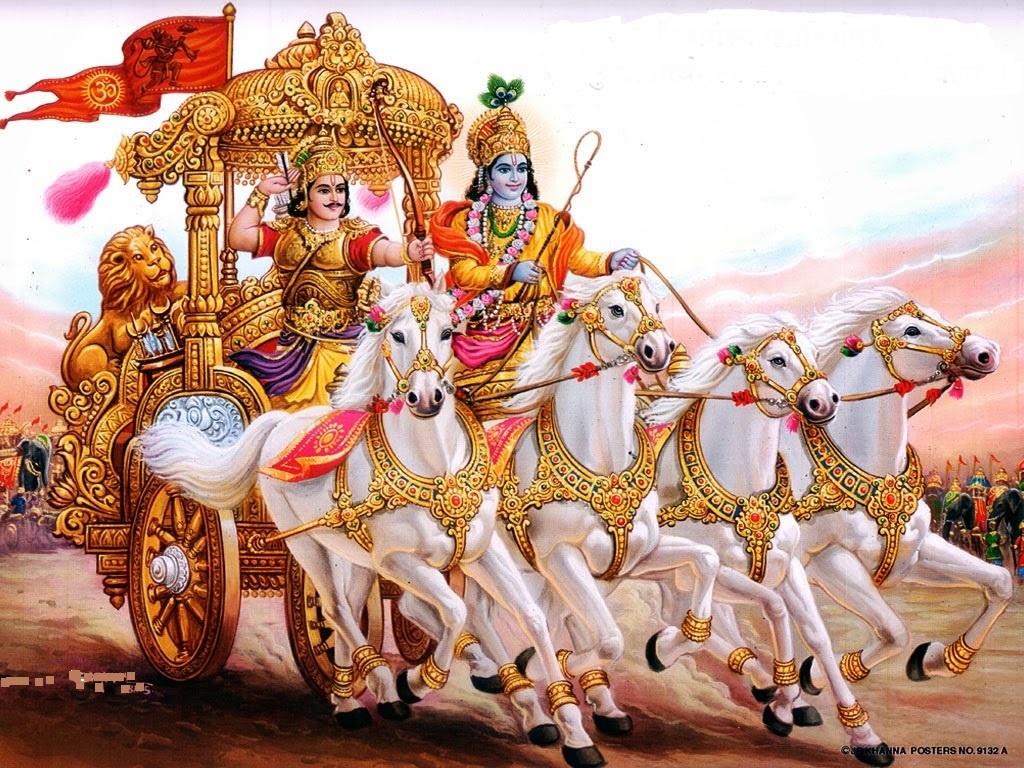The Tree of Life : 3-5. Swami Krishnananda.
========================================================================
CHINMAYA INTERNATIONAL FOUNDATION-(CIF)
Hari Om. It is always a joy to share the achievements of all who connect with CIF through our Home Study Courses.
Twenty two students from the Chinmaya Sagar zone, Mumbai, completed CIF’s Advanced Vedanta Course facilitated by Sevak Smt. Jasmine Asher, under the guidance of Swami Swatmananda (Chinmaya Shivam).
On 30th October, Swami Swatmanandaji graced the graduation ceremony and handed out the Course Completion Certificates to the students.
Chinmaya International Foundation congratulates the 22 Sadhakas and Smt. Jasmine Asher!
=========================================================================
Friday, November 25, 2022. 06:00.
Discourse 3: Severing the Root of this Tree of Life-5.
=========================================================================
Chapter 15 – Purushothama yogam :
The Yogam of the Supreme Divine Personality :
Lessons from the Analogy of a Banyan tree :
=======================================================================
All perceptions of objects, whatever be their nature, are abstractions from the infinitude of content in nature. Nature has no walls. There are no buildings for nature. It is doubtful if the whole of nature is aware that there are buildings in the world. It is a different type of experience altogether. But we are aware of limited things—marble stones, electric lights, rainfall, wind blowing, people sitting. These are all limited experiences which assume an importance in reality on account of an assumption of isolatedness of these contents abstracted from the totality of nature, in which function the mind engages itself perpetually. It does not mean that the universe is made up of only what we are seeing with our eyes. There are infinitudes of content in the structure of the cosmos, and one phase, one particular characteristic of experience, is culled out from the infinite possibility of the universe for the purpose of present experiences of the jivas or individuals living in this cosmos, which means that in the next creation the world may not take this shape.
As I mentioned yesterday, any image or form can be taken out from the block of stone by a sculptor. From the block of stone the sculptor can carve a tiger, a Jesus Christ or a Bhagavan Sri Krishna. He can carve a donkey or a monkey. Everything is present in that block of stone. Any thing, any form, any structure, any pattern can be said to be present in this impersonal block of stone. In the same way, every type of universe is present in the Divine Mind. Any universe of any kind of experience can be extracted out of it. This is not the only world that can be created by the will of the Supreme Being. This is why God is sometimes called Ananta Koti Brahmanda Nayaka—the Lord of infinite crores of universes. How many crores are there, nobody can know, just as we cannot say how many crores of images are there inside a block of stone.
The forms of experience which are the objects of the mind are the bondages which confine everyone to the processes of life called samsara, which is equated with suffering. This is the tree which the Bhagavadgita expects us to cut at the very root—the tree of phenomenal experience. Asanga is supposed to be the methodology to be adopted. We should not be attached to anything.
Leaving aside the other more intricate teachings of the systems of yoga for the time being, we may take for our present consideration what this anasakti means. It appears to us that this is hammered into our minds again and again by the Bhagavadgita. We cannot detach ourselves from anything unless we are simultaneously attached to something else. The mind cannot be in a vacuum. We cannot ask the mind to lose everything, and give nothing to it. This is not possible. Therefore, to imagine that we can vacate the mind of all thoughts and keep it absolutely blank is a foolish idea. We cannot keep it absolutely blank. If someone asks us what we are thinking, we may answer, “Nothing. I am thinking nothing.” The idea that we are thinking nothing is itself a thought, so how can we say that we are not thinking anything? Even when we say we will not do anything, we have already done something because the very idea of not doing is an action of the mind. So na hi kaścit kṣaṇam api jātu tiṣṭhaty akarmakṛt (B.G. 3.5): No one can exist for a moment without some kind of action. Everyone is psychologically engaged in action, which is real action. Physical action is no action if the mind is detached from it.
Hence, to be detached, to be anasakta, to be able to sever the root of this tree of life, a positive method has to be adopted. Unless we are sure that we have gained something superior, or at least there is a prospect of gaining something noble and high, we will not be able to withdraw ourselves from something else. We cannot expect to lose everything and be nothing. That is an impossibility.
Therefore, the Bhagavadgita, being conscious of this psychological secret at the base of human nature, says tataḥ padaṁ tatparimārgitavyaṁ (B.G. 15.4): You have to pursue this great goal simultaneously; yasmin gatā na nivartanti bhūyaḥ: having reached which, there will be no return to the sorrow of phenomenal life. Once we wake up from our dream, we need not experience it again. We are happy that we have woken up. Who would like to enter into the sorrows of the dream world once again? A tiger might have been attacking us there. Well, the tiger is gone, by God's grace, because the experiences in dream and waking are so constituted that while the one inheres in the other in the degree of their expression, they differ from each other.











Comments